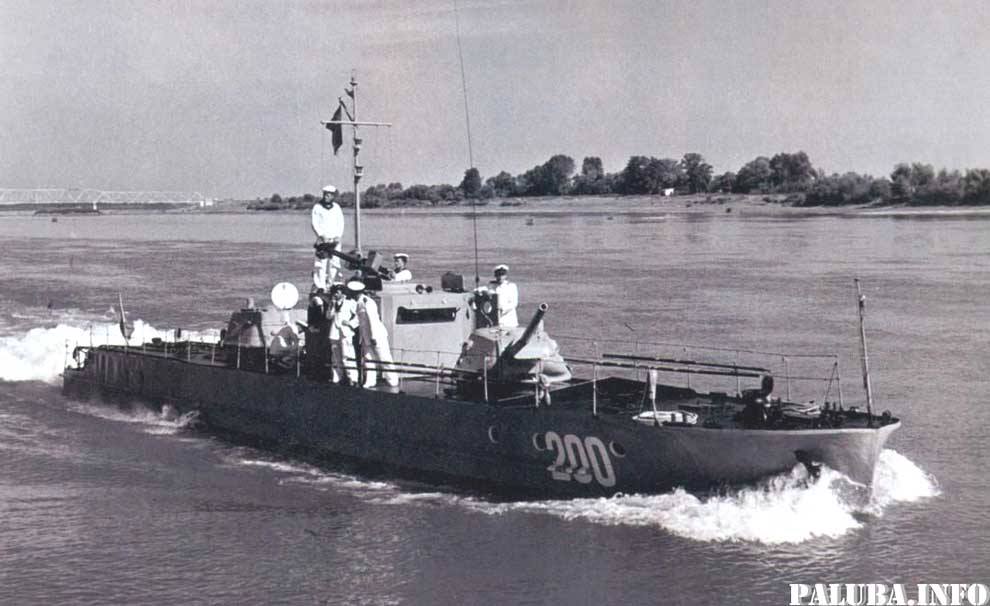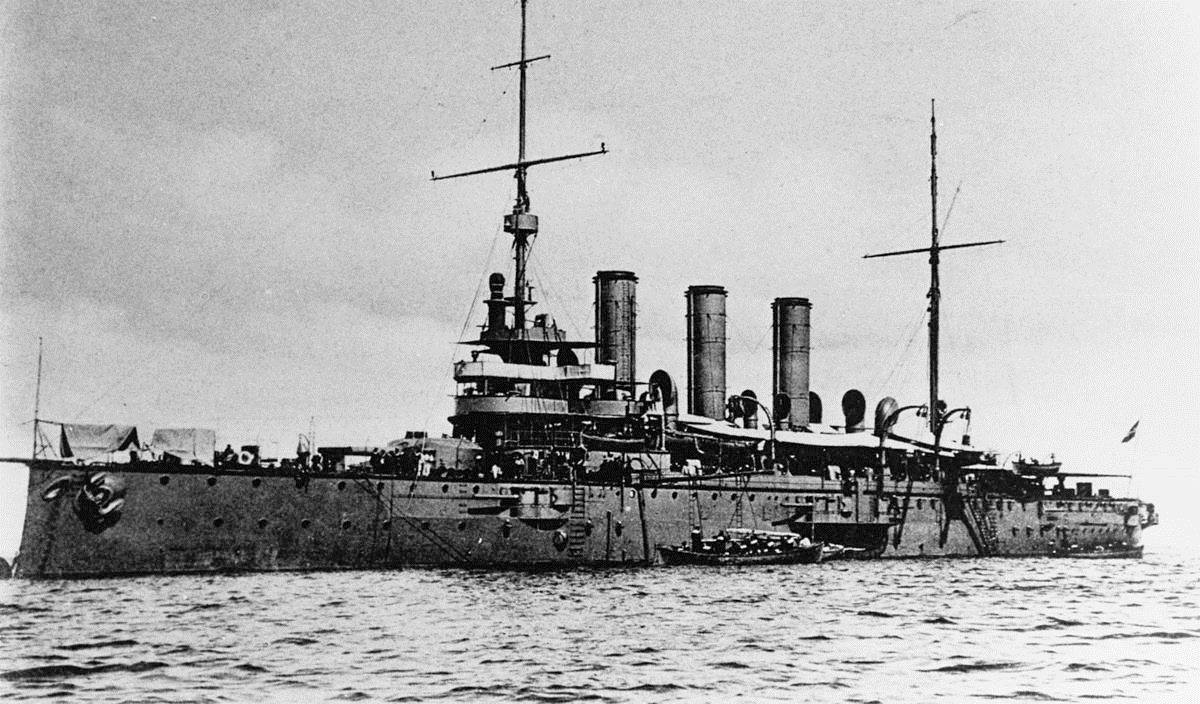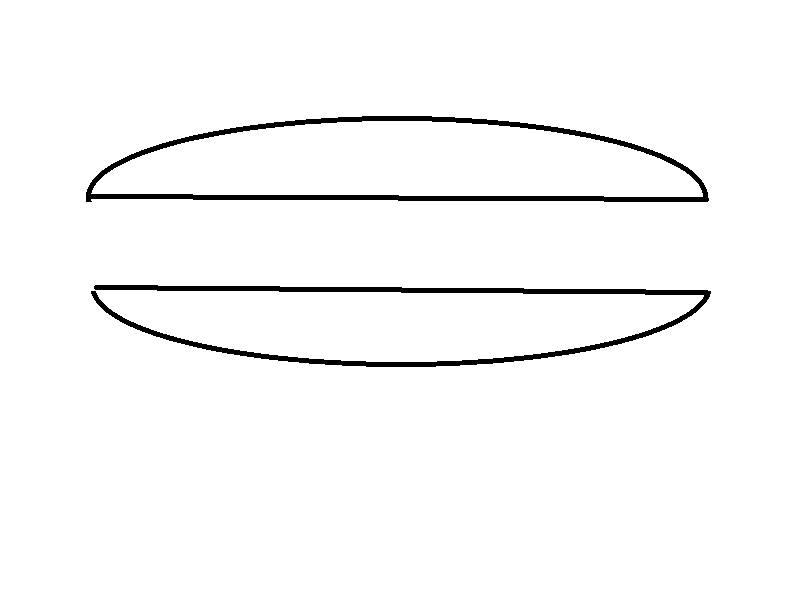Artificial intelligence as a machine of inventions
How does the categorical mechanism of human intelligence, which I described in the previous article , work in practice ?
In other words, how can eidetic help us in creating artificial intelligence?
Consider an example.
What is Eidos? This is a mental image of a real object, things, concepts, phenomena, events, actions ... We can say that any definition in the dictionary is a kind of Eidos. Plato considered Eidosa material, living their lives in the World of ideas. We can assume that this is indeed the case if we agree to consider the eidos as real as any engineering design, a text, an image, or a symbol connected together. This is not the object itself, but its simplified model, pictogram or image, or snapshot. But who said that you cannot work with pictures in reality?
Our mind does this work every second. Starting from elementary domestic operations and ending with the creation of complex inventions, engineering.
But on the inventions of the work of the mind looks really beautiful, so it is easier to use for example.
How does a person make inventions? Why are great inventions often preceded by a vision or a dream, like that of the great chemist D. Mendeleev, the inventor of the periodic table? Because the invention can really "see." I would venture to say that it cannot be done at all without “seeing”, that is, without presenting the idea clearly and in detail in my imagination.
Imagine yourself in the place of the engineer-inventor. You live in the 19th century, when there are no submarines yet and Jules-Verne has not written his “20 thousand leagues under the water” yet. You receive an order from the Ministry of Defense - to come up with a fighter of enemy ships. At the same time, he must act covertly, with limited ammunition and weak weaponry. A sort of lonely saboteur-hunter at sea. Approximately with such a task, by the way, Germany faced during the 2nd World War, when it was forced to look for ways to fight the superior fleet of Great Britain. How to solve the problem?
The first thing the inventor begins to do is brainstorm, search for fresh ideas.
This mechanism is discussed in great detail in TRIZ-the theory of solving inventive problems.
Let's try to depict this process in a simplified, graphical and step-by-step manner.
1. It is obvious that the current method is not suitable for covert warfare at sea. The main weapon of the fleet is ships. In order to protect, they are sheathed with armor, armed with heavy guns. As a result, they are very large, visible, heavy, low-speed.
2. Maybe make small speedboats - hunters?

3. But increasing the speed of the ship for sabotage war, we are forced to put a more powerful engine. Increasing the engine, we increase the size of the ship and its weight. And this is a slowdown. And so on to infinity. At the exit we again receive the fortress ship. That is, this path is a dead end.

four.And what if you think in the direction of increasing stealth? It is difficult to hide on the sea, so the first thing that comes to mind is to hide right on the spot - under the water. But existing ships do not know how to do this. And who can? They know how to fish!

5. But fish is not a ship; it cannot transport people and weapons. Is it possible to turn a fish into a ship or a ship like fish?
Note: unexpectedly, the engineer put the question in the key of Plato's dialectic: how to combine the incompatible? (hereinafter, my comments on the thoughts of the engineer are in italics).
6. The scheme of this contradiction is as follows:

Therefore, to solve the problem, we need to find a way out of this contradiction. But how? - By analyzing it.
7What is a ship in its essence? What is the ship's base eidos? This is a big boat.

What is fish in its essence? This is a “live boat”, only a small one.

Well, better already. Two boats, only on different scales and with different tasks.
8. And what if we bring them to a single scale and combine these two boats into one? Let's make a big boat-ship that can swim under water.

9. How? Well, for example, like a fish that regulates its ascent-dive with a special bubble. Such a “bubble” for a military boat can be the Kingston.

So, we saw the process of thinking in its engineering, inventive key step by step. True, something like this you have repeatedly done, trying to solve any problem or problem? If so, then this mechanism is familiar to people from childhood, like the air that we all breathe, but do not notice.
As applied to programming, everything is also simple here and there is nothing but the processing of images (images).
First, we described the proposed patterns, "recognized" them. Then they simplified, "turned" in order to become manipulated. Further, we, according to the laws of dialectics, have worked these images. We compared them, found similarities and correspondences. Created a new image based on the previous two. And then they "turned" them into a full-fledged solution.
If I were a business analyst, I would display this process in the following diagram: The

neural networks of artificial intelligence learned to do image recognition perfectly. And the convolution-scan of images convolution networks do without problems. Neural networks can also find similar images based on deep learning. And even can create new images, imitating the proposed patterns.
But with the laws of dialectics in modern artificial intelligence did not work out. From the word at all. This is not surprising: everyone is obsessed with neural networks, and dialectics is an algorithm. Even a set of algorithms, "algorithmic ensemble" kit. The creation of AI based on algorithms was abandoned by science almost at the end of the 70s of the last century.
Based on the algorithms of thinking, computer behavioral analysis is trying to work. More details can be found, such as the work of Ron Sun , Rensselaer Polytechnic Institute (RPI), Troy, NY USA.
Attempts were made to describe individual models of human behavior — decision making, search for an exit, a selection mechanism (and even an attempt was made to algorithmize the conscience). Written many mathematical algorithms.
By themselves, these algorithms work fine and can even be built into any programs. There are open APIs.
True, one problem was revealed.
There are hundreds or even thousands of such behavioral models. And this is far from exhausting options for human behavior. In addition, when trying to assemble these algorithms together, a system overload occurs due to the difficulty of choosing between models or their combination.
That is, the question of how a person builds models, how modeling is possible is he left behind the brackets. Man does not just combine ready-made samples. He can decompose the task into components and reassemble at a different, higher level.
Thus, it can solve the most complicated tasks that cannot be solved by simple brute force / combinatorics, or can be solved extremely slowly and costly.
Thus, we now lack the very “smallness” to create a full-fledged, or “strong” artificial intelligence: a dialectical algorithm that describes the modeling mechanism itself in the human mind.
The dialectic algorithm should “be able” to work with universal, understandable to any person without special knowledge in programming, images - pictograms - eidos.
The principle of operation of this algorithm I showed in the diagram above.
How to develop a bundle, or rather, an interpreter between icons and ordinary computer language commands is a topic for a separate study.
Actually, this is the only thing that so far separates this theory from the commercial embodiment.
Criticism, analysis and suggestions are welcome.
In other words, how can eidetic help us in creating artificial intelligence?
Consider an example.
What is Eidos? This is a mental image of a real object, things, concepts, phenomena, events, actions ... We can say that any definition in the dictionary is a kind of Eidos. Plato considered Eidosa material, living their lives in the World of ideas. We can assume that this is indeed the case if we agree to consider the eidos as real as any engineering design, a text, an image, or a symbol connected together. This is not the object itself, but its simplified model, pictogram or image, or snapshot. But who said that you cannot work with pictures in reality?
Our mind does this work every second. Starting from elementary domestic operations and ending with the creation of complex inventions, engineering.
But on the inventions of the work of the mind looks really beautiful, so it is easier to use for example.
How does a person make inventions? Why are great inventions often preceded by a vision or a dream, like that of the great chemist D. Mendeleev, the inventor of the periodic table? Because the invention can really "see." I would venture to say that it cannot be done at all without “seeing”, that is, without presenting the idea clearly and in detail in my imagination.
Imagine yourself in the place of the engineer-inventor. You live in the 19th century, when there are no submarines yet and Jules-Verne has not written his “20 thousand leagues under the water” yet. You receive an order from the Ministry of Defense - to come up with a fighter of enemy ships. At the same time, he must act covertly, with limited ammunition and weak weaponry. A sort of lonely saboteur-hunter at sea. Approximately with such a task, by the way, Germany faced during the 2nd World War, when it was forced to look for ways to fight the superior fleet of Great Britain. How to solve the problem?
The first thing the inventor begins to do is brainstorm, search for fresh ideas.
This mechanism is discussed in great detail in TRIZ-the theory of solving inventive problems.
Let's try to depict this process in a simplified, graphical and step-by-step manner.
Start thinking
1. It is obvious that the current method is not suitable for covert warfare at sea. The main weapon of the fleet is ships. In order to protect, they are sheathed with armor, armed with heavy guns. As a result, they are very large, visible, heavy, low-speed.
2. Maybe make small speedboats - hunters?

3. But increasing the speed of the ship for sabotage war, we are forced to put a more powerful engine. Increasing the engine, we increase the size of the ship and its weight. And this is a slowdown. And so on to infinity. At the exit we again receive the fortress ship. That is, this path is a dead end.

four.And what if you think in the direction of increasing stealth? It is difficult to hide on the sea, so the first thing that comes to mind is to hide right on the spot - under the water. But existing ships do not know how to do this. And who can? They know how to fish!

5. But fish is not a ship; it cannot transport people and weapons. Is it possible to turn a fish into a ship or a ship like fish?
Note: unexpectedly, the engineer put the question in the key of Plato's dialectic: how to combine the incompatible? (hereinafter, my comments on the thoughts of the engineer are in italics).
6. The scheme of this contradiction is as follows:

Therefore, to solve the problem, we need to find a way out of this contradiction. But how? - By analyzing it.
7What is a ship in its essence? What is the ship's base eidos? This is a big boat.

What is fish in its essence? This is a “live boat”, only a small one.

Well, better already. Two boats, only on different scales and with different tasks.
8. And what if we bring them to a single scale and combine these two boats into one? Let's make a big boat-ship that can swim under water.

9. How? Well, for example, like a fish that regulates its ascent-dive with a special bubble. Such a “bubble” for a military boat can be the Kingston.

End of Thinking
So, we saw the process of thinking in its engineering, inventive key step by step. True, something like this you have repeatedly done, trying to solve any problem or problem? If so, then this mechanism is familiar to people from childhood, like the air that we all breathe, but do not notice.
As applied to programming, everything is also simple here and there is nothing but the processing of images (images).
First, we described the proposed patterns, "recognized" them. Then they simplified, "turned" in order to become manipulated. Further, we, according to the laws of dialectics, have worked these images. We compared them, found similarities and correspondences. Created a new image based on the previous two. And then they "turned" them into a full-fledged solution.
If I were a business analyst, I would display this process in the following diagram: The

neural networks of artificial intelligence learned to do image recognition perfectly. And the convolution-scan of images convolution networks do without problems. Neural networks can also find similar images based on deep learning. And even can create new images, imitating the proposed patterns.
But with the laws of dialectics in modern artificial intelligence did not work out. From the word at all. This is not surprising: everyone is obsessed with neural networks, and dialectics is an algorithm. Even a set of algorithms, "algorithmic ensemble" kit. The creation of AI based on algorithms was abandoned by science almost at the end of the 70s of the last century.
Based on the algorithms of thinking, computer behavioral analysis is trying to work. More details can be found, such as the work of Ron Sun , Rensselaer Polytechnic Institute (RPI), Troy, NY USA.
Attempts were made to describe individual models of human behavior — decision making, search for an exit, a selection mechanism (and even an attempt was made to algorithmize the conscience). Written many mathematical algorithms.
By themselves, these algorithms work fine and can even be built into any programs. There are open APIs.
True, one problem was revealed.
There are hundreds or even thousands of such behavioral models. And this is far from exhausting options for human behavior. In addition, when trying to assemble these algorithms together, a system overload occurs due to the difficulty of choosing between models or their combination.
That is, the question of how a person builds models, how modeling is possible is he left behind the brackets. Man does not just combine ready-made samples. He can decompose the task into components and reassemble at a different, higher level.
Thus, it can solve the most complicated tasks that cannot be solved by simple brute force / combinatorics, or can be solved extremely slowly and costly.
Thus, we now lack the very “smallness” to create a full-fledged, or “strong” artificial intelligence: a dialectical algorithm that describes the modeling mechanism itself in the human mind.
The dialectic algorithm should “be able” to work with universal, understandable to any person without special knowledge in programming, images - pictograms - eidos.
The principle of operation of this algorithm I showed in the diagram above.
How to develop a bundle, or rather, an interpreter between icons and ordinary computer language commands is a topic for a separate study.
Actually, this is the only thing that so far separates this theory from the commercial embodiment.
***
Criticism, analysis and suggestions are welcome.
